Insects develop in a number of different ways, and some change considerably between their larval and adult forms; butterflies are the typical example of this. This post will cover the basics of these processes, as well as descriptions of many larval forms.
Eggs: Insect eggs vary greatly in appearance. They’re usually spherical, oval, or elongate, and are covered in a shell of varying thickness, color, and shape.
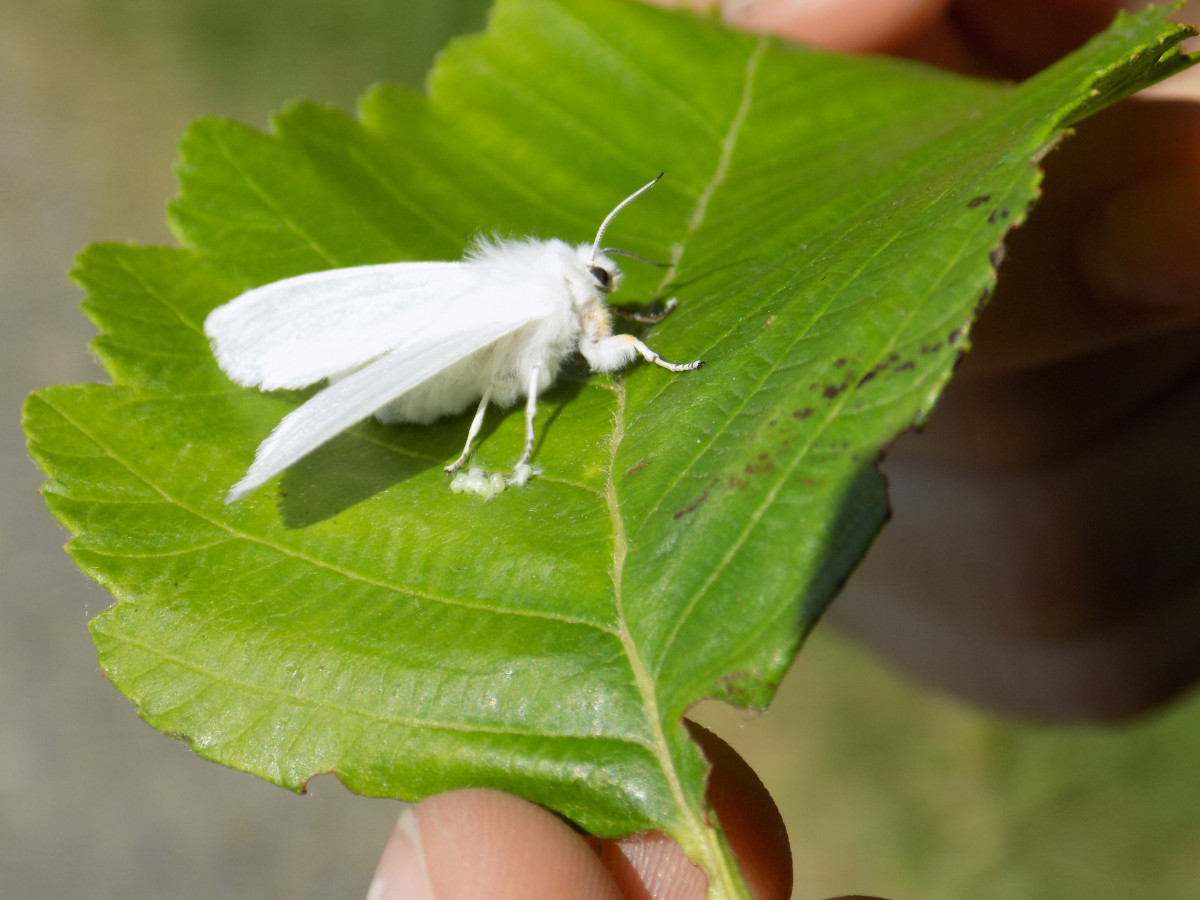
Sometimes these eggs have spines or other protrusions, and eggs can often appear quite strange. Lacewing eggs have a small stalk that they hang off of plants from, a good example of an odd egg. Usually the eggs are laid directly onto the host of the larvae, so it can find food without too much travel, something critical to an insects survival. It is for this reason that crop rotation can be such an effective tool in pest control, as a travelling insect is at much higher risk than a stationary one. Parasitic insects often lay their eggs inside or on the body of their host, and many wasps will even paralyze prey and trap them, so the larvae has a safe space to develop and eat.
Metamorphosis: There are two types of metamorphosis, simple and complete. In the former, the wings develop externally during the immature phase, and there is no resting phase before completion of the last molt.
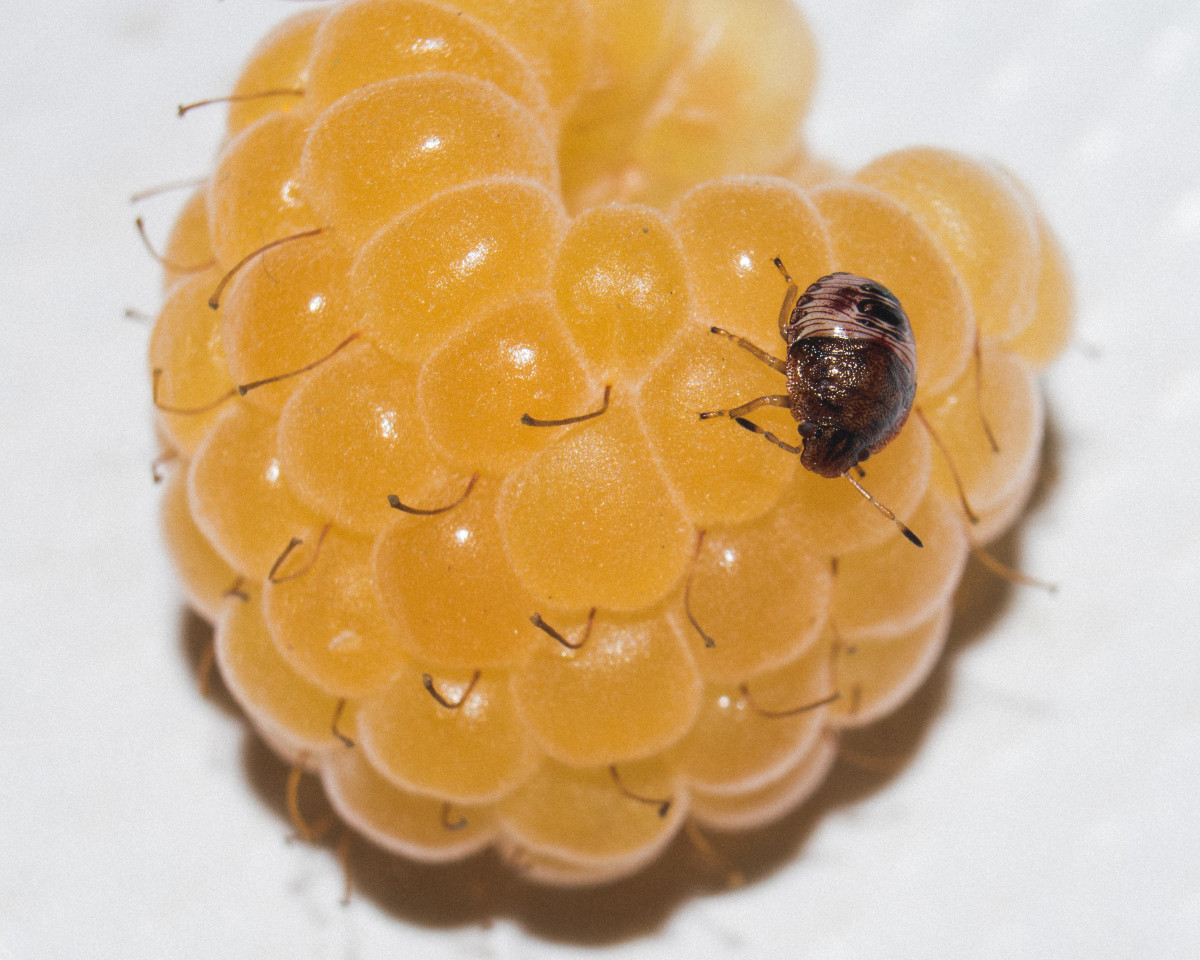
Shield bugs are good examples of this, as they develop continuously from nymphs into their final adult form, without pupation. Pictured are two shield bugs in different development stages, both nymphs.
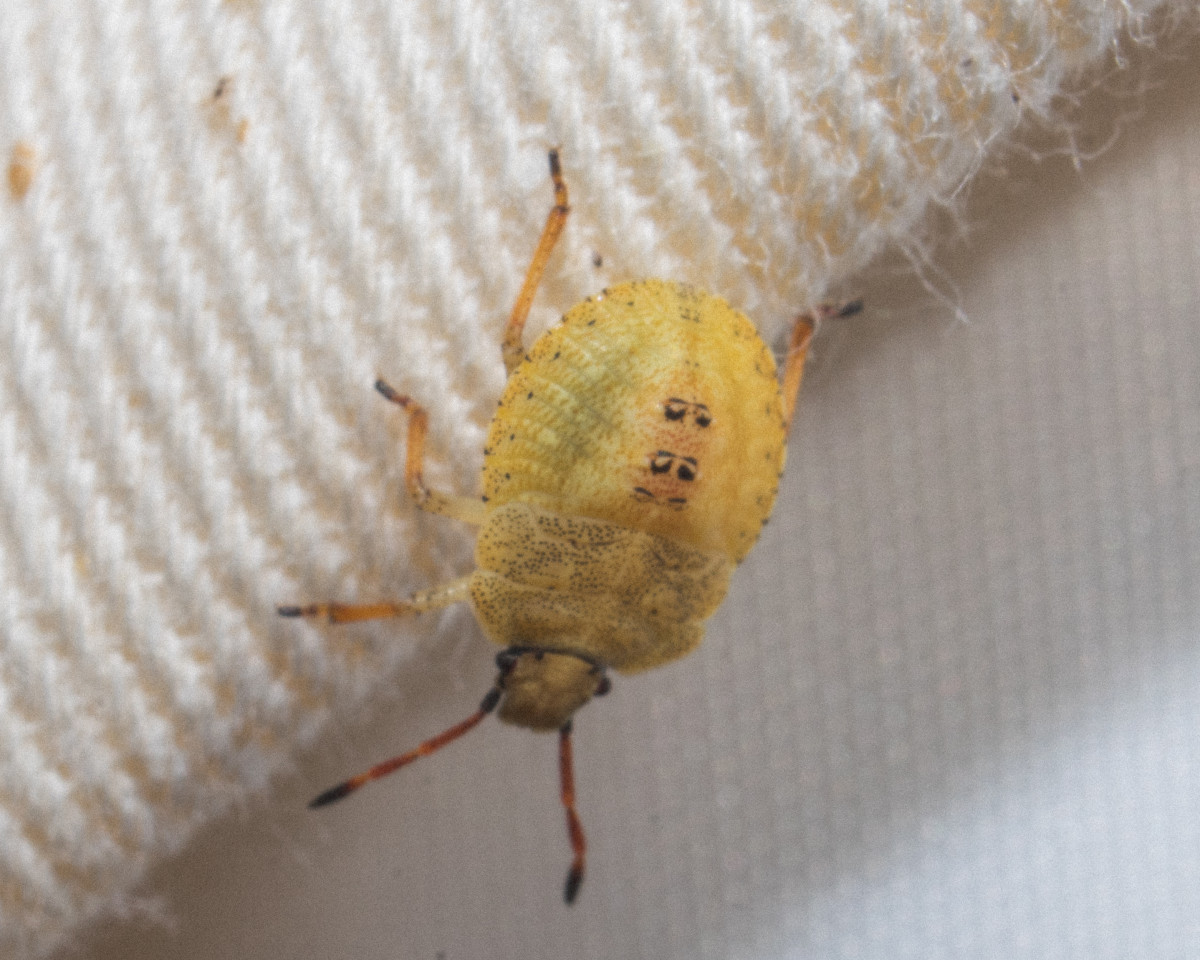
This is apparent by the lack of developed wings in the older nymph. It’s notable that these are likely of different species.
Complete metamorphosis has the wings developing internally during the immature stage, and then has a pupal stage before the final molt. This change is controlled by a brain hormone, a molting hormone (ecdysone), and a juvenile hormone. Many internal structures change during complete metamorphosis. The heart, nervous system, and tracheae usually remain intact, but elements such as the blood, fat body, and larvae muscles may be repurposed. The processes involved in this are called histolysis and histogenesis. In histolysis, larval structures are broken down into material usable for creation of adult structures. Histogenesis is the creation of those structures using said materials.
Types of Larvae:
Eruciform: Caterpillarlike, with a cylindrical body, and a well developed head with short antennae. They possess both the thoracic legs and abdominal prolegs. Examples of this include Lepidoptera, Mecoptera, and some Hymenoptera.
Scarabaeiform: Grublike, and usually somewhat curved. The head is well developed, and thoracic legs are present, while abdominal prolegs are absent. The larvae will appear inactive and somewhat sluggish. Many Coleoptera are examples of this.
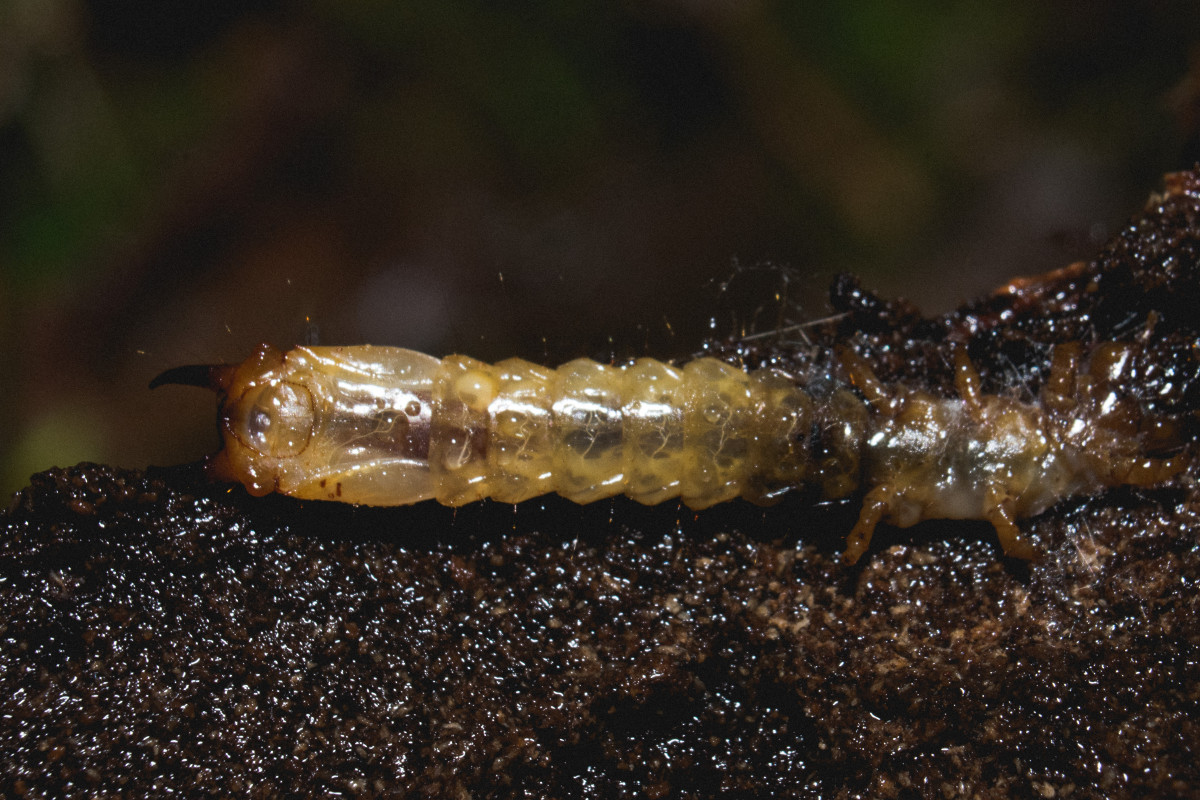
Campodeiform: Resembling diplurans in the genus Campodea. Their bodies are elongate, somewhat flattened, with well developed cerci and antennae. Thoracic legs are developed, and the larvae is usually active. Examples can be found in Neuroptera, Trichoptera, many Coleoptera.
Elateriform: Wireworm-like, with elongate, cylindrical bodies. They are hard shelled with short legs, and some reduced body bristles.
Vermiform: Maggot-like, with elongate bodies similar to worms. They have no legs, and may or may not have a developed head. Many Diptera, Siphonaptera, most Hymenoptera, some Coleoptera, and some Lepidoptera.
Types of Pupae: There is a lot of variety into pupae, but they fall into three main categories.
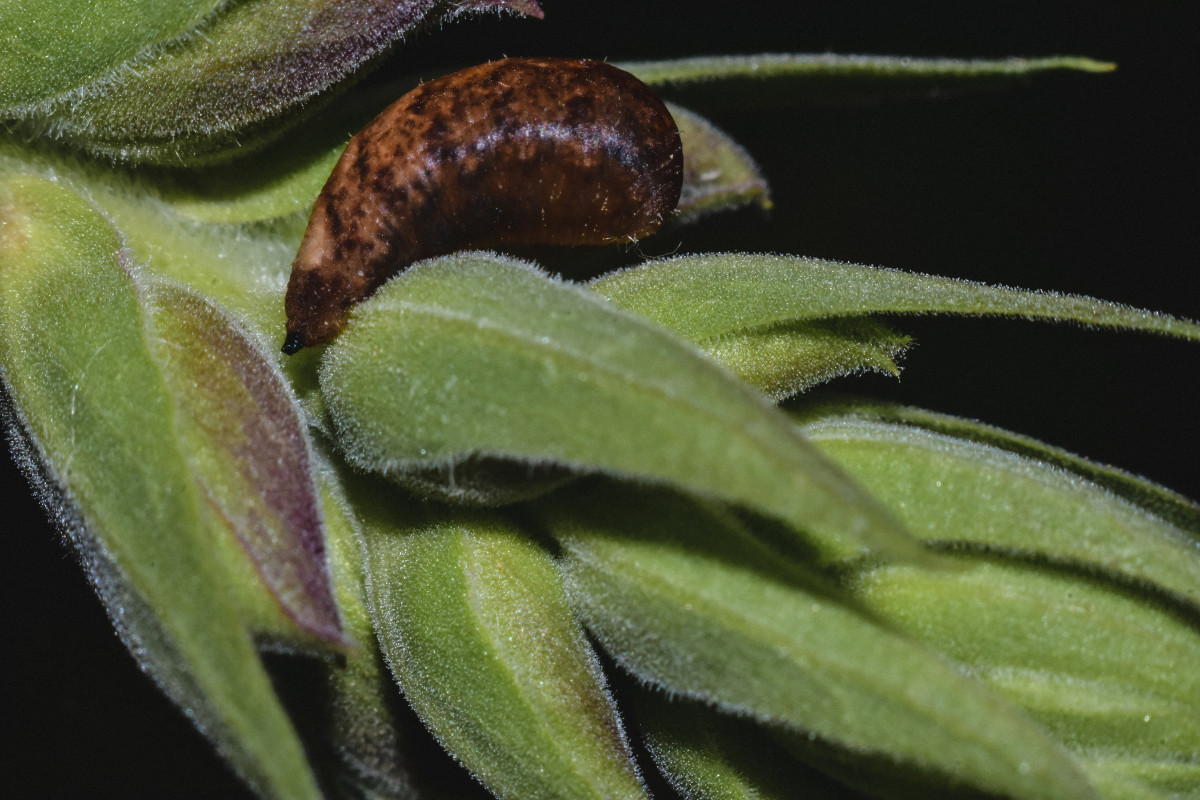
Obtect pupae have their appendages more or less glued to their body. Lepidoptera, as well as some Diptera, pupate this way. Additionally, many Lepidoptera will make themselves a silk cocoon. Exarate pupae have freed appendages, and often look like a pale, mummified versions of the adult. This is typical in Diptera and other non Lepidoptera larvae. The final kind is coarctate, which is similar to exarate, except the pupae is covered by a hardened skin from the second to last larval instar, known as a puparium. This is typical in higher Diptera.
Hypermetamorphosis: This occurs when different larval instars are not the same kind. Typically, the first larvae is active and campodeiform, while subsequent forms are vermiform or scarabaeiform. This cycle is more common in parasitic insects, where the first larvae may have to enter the host, then can molt and become less active.
Caste Determination: Oftentimes, workers are separated from the queen by not being able to reproduce. In honeybees, caste very much has to do with this, and sex. Male bees are drones, and only reproduce. Queens have developed reproductive structures, while workers do not. This likely has to do with a pheromone the queen excretes that inhibits ovary development and queen production. When the queen is missing, ovaries in workers may develop.
Dormancy: Most insects in temporal regions have a heterodynamic life cycle, meaning the adults appear for a limited time during a season, while one part of the life cycle stays dormant throughout the winter. It’s notable that this can be any part of the life cycle: the egg, larvae, pupae, or adult may go dormant. Other insects may be homodynamic, with continuous development and no regular dormancy period. This is more common in tropical environments. Most insects in the US have one generation per year, and some large beetles or moths may even have development times of two or more years. Other insects may have multiple generations per year, and continue producing as long as weather permits. Most agricultural pests are this way, aphids being a prime example.
Dormant insects have no visible activity, with greatly reduced physiological processes. This state can last a few days to a several months. Hibernation is cold dormancy, while aestivation is dormancy in high temperatures. Although environmental factors play a large role in deciding whether or not to go dormant, genetic factors also play a large role. Many species may go dormant before conditions are unfavorable, and often this can only be broken by lowering the temperature and then raising back to a favorable temp. Photoperiod is also likely to play a role, with the length of the days triggering responses.
